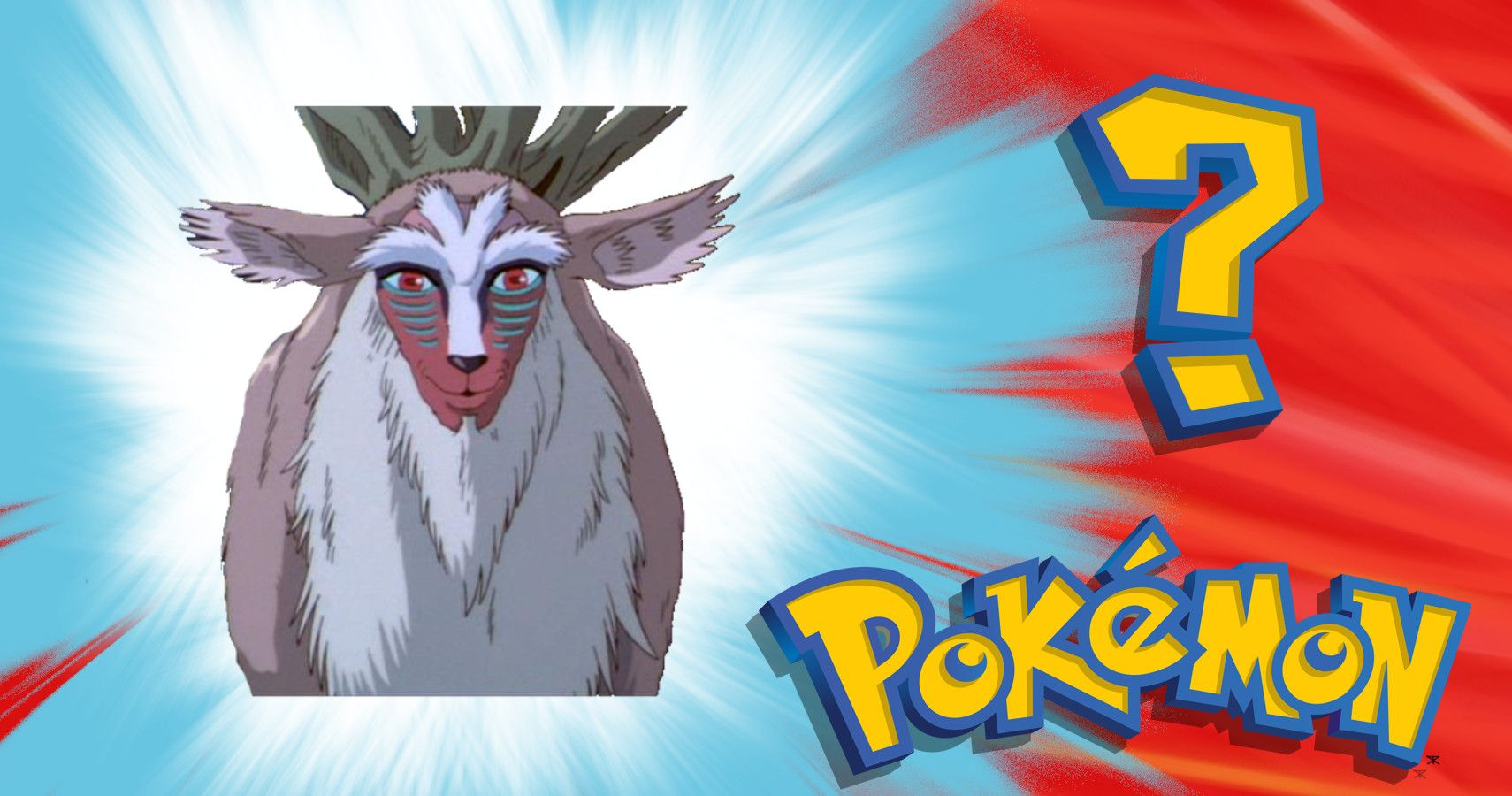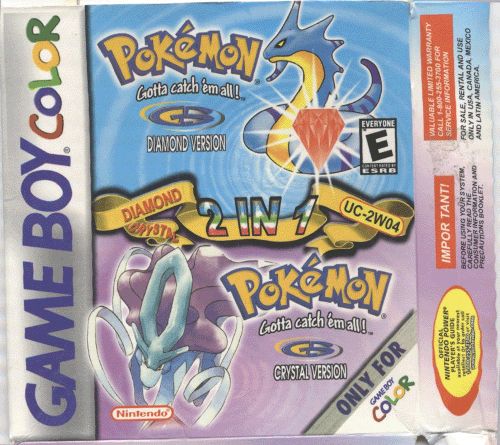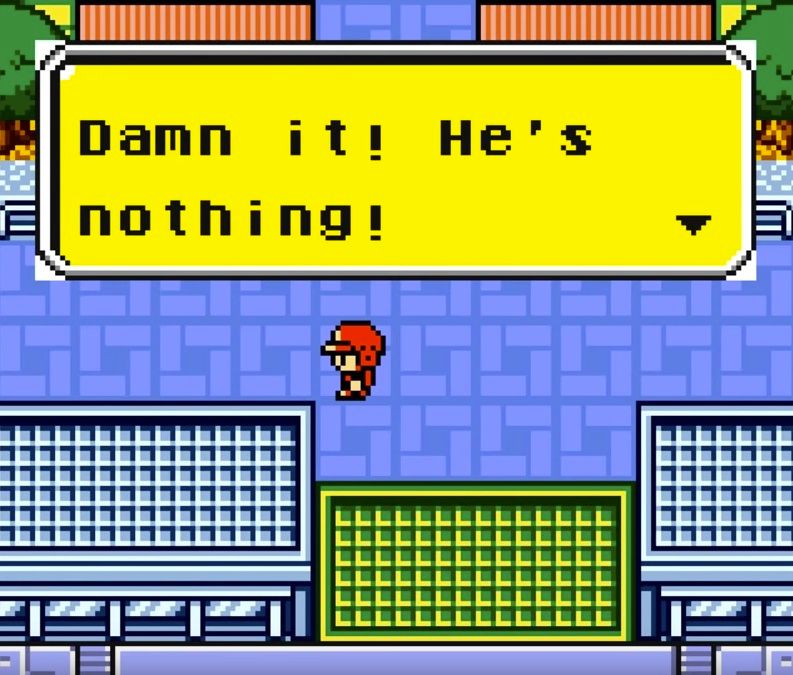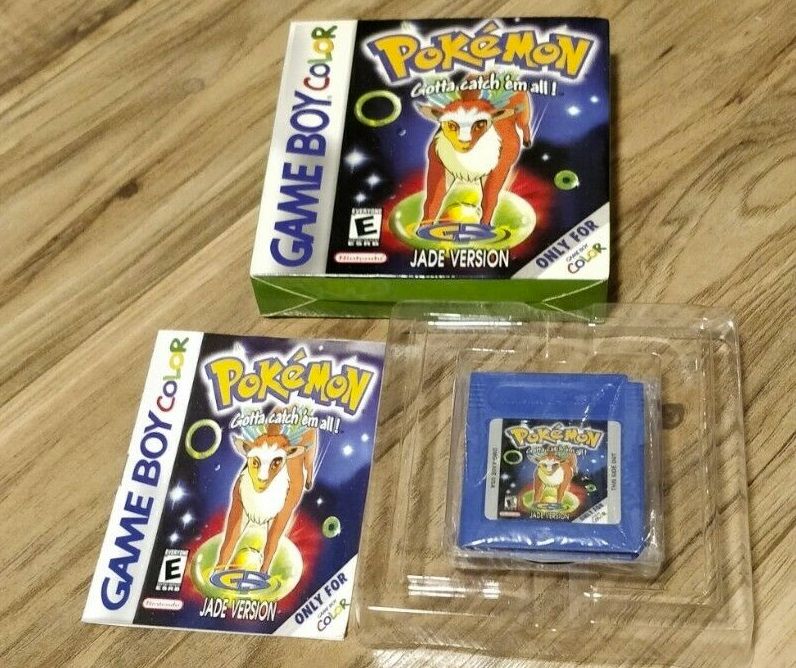Pokémon Diamond & Jade: The Lost Bootleg Games
We know what you might be thinking: no, it’s not that Pokémon Diamond.
You Are Reading :Pokémon Diamond & Jade The Lost Bootleg Games
Category : Pokemon

We know what you might be thinking: no, it’s not that Pokémon Diamond.
What it is is a bootlegged game for the Nintendo Game Boy, complete with a companion game: Pokémon Jade. These two poke-rip-offs had everything they needed in order to be mistakenly purchased by elderly relatives everywhere, complete with their very own bogus cartridges and box art. What Diamond & Jade didn’t have, unlike the numerous fanmade pokemon games released online in the days since, was its very own monsters.
Like every good knockoff you’d find in the bargain bin of a flea market, these games tried very hard to make themselves look legitimate. Just, never quite hard enough. The names “Diamond” and “Jade” both fit rather well with the most recently released title of the Pokemon series at the time of the knock-off: Crystal. Which, from most sources, does not seem to have released outside of Japan at the time that Diamond & Jade first began to get circulated. Sometimes, the knockoffs were even bundled with a ripped and hastily-translated version of Crystal, full of glitches and poor English not present in its official release stateside in July 2001. These bundles possibly made it easier for unaware buyers to perceive them as real video games – and real deals.

The solo boxart was where it got a little shakier: Jade bears a doctored version of the forest spirit from Princess Mononoke as its mascot Pokémon in place of a legendary, while Diamond bears a blue snake with some gemstones that could have come from a great number of popular fantasy sources, ranging from Dragon Quest to whichever manga was king of the hill in early 2001. Neither was exactly industry standard, but that wouldn’t matter as soon as anyone laid eyes on the cartridges, which failed almost comically to mirror the real thing. Some were branded at the top not as “Nintendo GAME BOY” but only as “GAME”. Other cartridges simply left that spot conspicuously blank. They did, to their credit, still fit snugly into a Game Boy, making them playable.
And so, finally, we move on to the contents of these glorious, lost knock offs. Where did they come from? You might remember we mentioned above that “Pokémon” Diamond & Jade did not feature its own original Pokémon, nor were they only using already-existing Pokemon in a newer, poorly designed setting, as some knockoffs are wont to do. In an act of what could only be called “confidence these games would never make it overseas”, Diamond & Jade simply ripped off a game called Keitai Denjuu Telefang wholesale, ran it through some extremely suspect translation work, and began selling it as a bootleg Pokemon title instead of just a bootleg, period.
Much like a Pokémon game, Telefang had two versions – Power and Speed – which meant the bootleggers only had to make up two more Pokémon-sounding names, slap together bad box art, and get to work making bogus cartridges for their pirated games. Telefang, to its credit, had already done much of the hard work of being a pokemon lookalike all by itself, but it was still a legitimate video game, and not the most egregious rip off of the pocket monster craze to hit store shelves over the years by any means.

Which is something that can’t really be said for the glitchy, confused bootleg it was turned into for Diamond & Jade in its unofficial & unsanctioned stateside release. The bootlegged games are best remembered for their poor translations, which barely survived going from Japanese to Chinese and then to English, with little or no revising even when the rush job left profanity and Denjuu (Telefang’s monsters) being renamed to things like “Hat”. Those memorable mishaps weren’t the only problems it had, either.
These bootlegs liked to crash over any number events, including, but not limited to: trying to initiate a soft reset, trying to touch a button on the game over screen, pressing B too many times, selecting “Prop” when you have no items, and looking at them funny. Oh, also the cartridges often couldn’t load up any save files unless they were manually readjusted by taking them apart with a screwdriver. This wonderful cocktail of failures is yet another reason “Pokémon” Diamond & Jade are remembered fondly, and with amusement, by gamers today.
Jade & Crystal have become so infamous that the original cartridges have become difficult to track down. One boxed copy of Jade is currently selling on ebay for $125, which is about $50 more than one of the most expensive (verified, legitimate) listing of a Pokémon Crystal GBC cartridge up for sale on the site. How’s that for an expensive bootleg?

These ripped Telefang games have become legendary in their own right among parts of the Pokémon community. Even though trying to get a “legitimate” copy of this pirated legend can cost you a pretty penny, it’s not entirely lost: a ROM hack of the bootleg exists on a Pokémon enthusiast site that can still be downloaded and played to this day, although the flawed code means it might not be worth the trouble.
One thing is certain: from the shameless boxart to the slipshod translation and laughable ease of crashing the game, these bootlegs have made an impression on a lot of people in the nearly two decades it’s been since they were unleashed into the world.
(Source)
See more : PokemonWe
